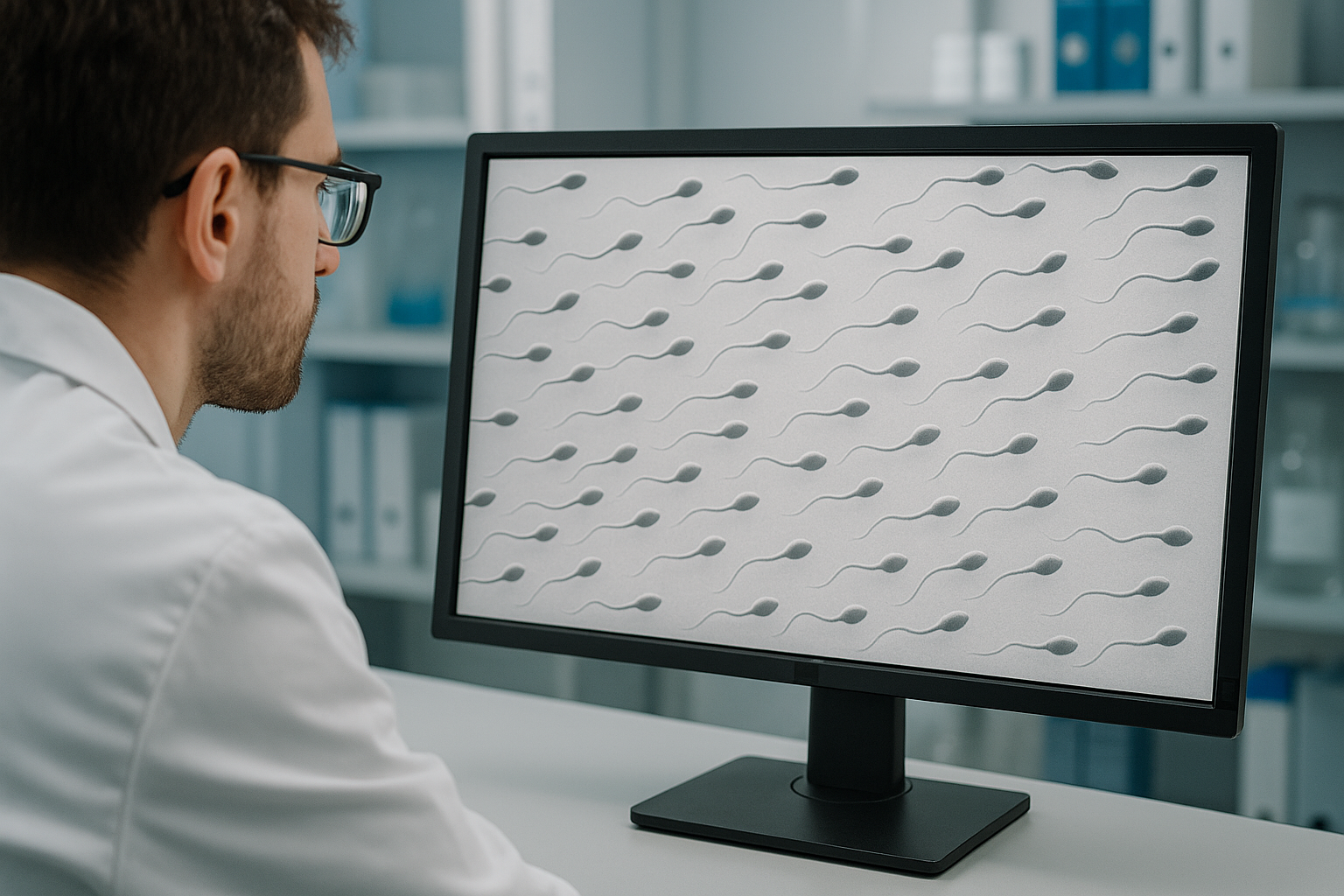Cortical Labs Unveils Revolutionary Biological Computer: The CL1

In a groundbreaking development, Cortical Labs has announced that its innovative biological computer, dubbed the CL1, is officially available for purchase. Priced at $35,000, this pioneering technology is the first of its kind, featuring 800,000 human brain cells that are not merely static components but are actively living and growing within a nutrient solution on a silicon chip.
Cortical Labs, a company headquartered in Australia, has integrated these neurons into what they refer to as a “biOS,” or Biological Intelligence Operating System. This unique system allows computer scientists to deploy software code directly to the neurons, creating a seamless interface between biological processes and digital instructions. The founder and CEO, Hon Weng Chong, aims to develop a new generation of artificial intelligence that focuses more on 'intelligence' (the I in AI) rather than just the 'artificial' aspect.
In an interview conducted five years ago, Chong shared his vision of leveraging the fundamental building blocks of intelligence—neurons—to create a more advanced form of computing. He noted, “The only machine or the only thing that we know of that actually has true intelligence is the brain,” which further underscores the ambition of the CL1 to mimic human-like intelligence and consciousness.
This approach draws parallels to neuromorphic computing architectures that strive to replicate the functions of biological brains using silicon hardware. However, a crucial distinction lies in the fact that neuromorphic chips do not utilize living brain cells, making the CL1 a unique endeavor in the realm of computing technology.
Cortical Labs believes that their biological computers can tackle some of the most complex problems faced by scientists today. The company asserts that these computers are self-programming and exhibit a level of flexibility that traditional silicon-based chips cannot achieve. Nonetheless, it is essential to note that the lifespan of biological computers is limited; the neurons in the CL1 will survive for “up to six months.” After this period, users will need to invest in a refresh or refurbishment to maintain computing capabilities, which includes providing new neurons for continued operation.
Maintaining these biological systems also involves unique requirements. The CL1 necessitates a constant supply of food, water, and nutrients, all of which are managed by an onboard life-support system that ensures the neurons remain at optimal temperatures while filtering out waste products. This is akin to the functions performed by kidneys in a living organism, highlighting the complexity and sophistication of the CL1.
Despite its biological components, the CL1 operates similarly to a conventional computer. Users can connect USB devices, cameras, and actuators to this system, allowing it to control physical systems effectively—something that human neurons are notably proficient at. Additionally, a touchscreen interface provides real-time updates on system status and live data feeds.
Five years ago, the company's then-CTO, Andy Kitchen, indicated that they were working with systems containing tens to hundreds of thousands of neurons, with aspirations to scale up to millions. Presently, Cortical Labs envisions their biological computers evolving to contain hundreds of millions of cells, with future ambitions reaching the billion or trillion-cell mark.
Interestingly, the process of programming biological neurons diverges significantly from traditional coding methods used for artificial computers. Kitchen clarified that encoding tasks for these biological systems would require a high-level language to translate user intentions into a sequence of stimuli that would elicit the desired biological response. This is made possible by the plasticity of the CL1 neurons, which allows them to adapt and learn, akin to how humans acquire new skills.
However, widespread adoption of the CL1 may not be imminent. Current targets for this technology primarily lie within the medical sector, where it could facilitate drug discovery and disease modeling. Additionally, the ability to conduct experiments using a synthetic brain offers researchers valuable insights.
While the concept of a biological computer may elicit a sense of unease for some, Cortical Labs emphasizes their commitment to ethical standards. The human brain cells utilized in the CL1 are lab-grown, and the company has established a framework for customers to obtain “ethical approval” for the use of general cell lines, necessitating that purchasers have adequate facilities for maintaining these biological chips. Despite these assurances, the exact implications of these conditions remain somewhat ambiguous.
As technology continues to advance, we may soon witness the emergence of physical systems, such as humanoid robots, equipped with partially organic components in their cognitive architectures, blurring the lines between artificial intelligence and biological intelligence.

























